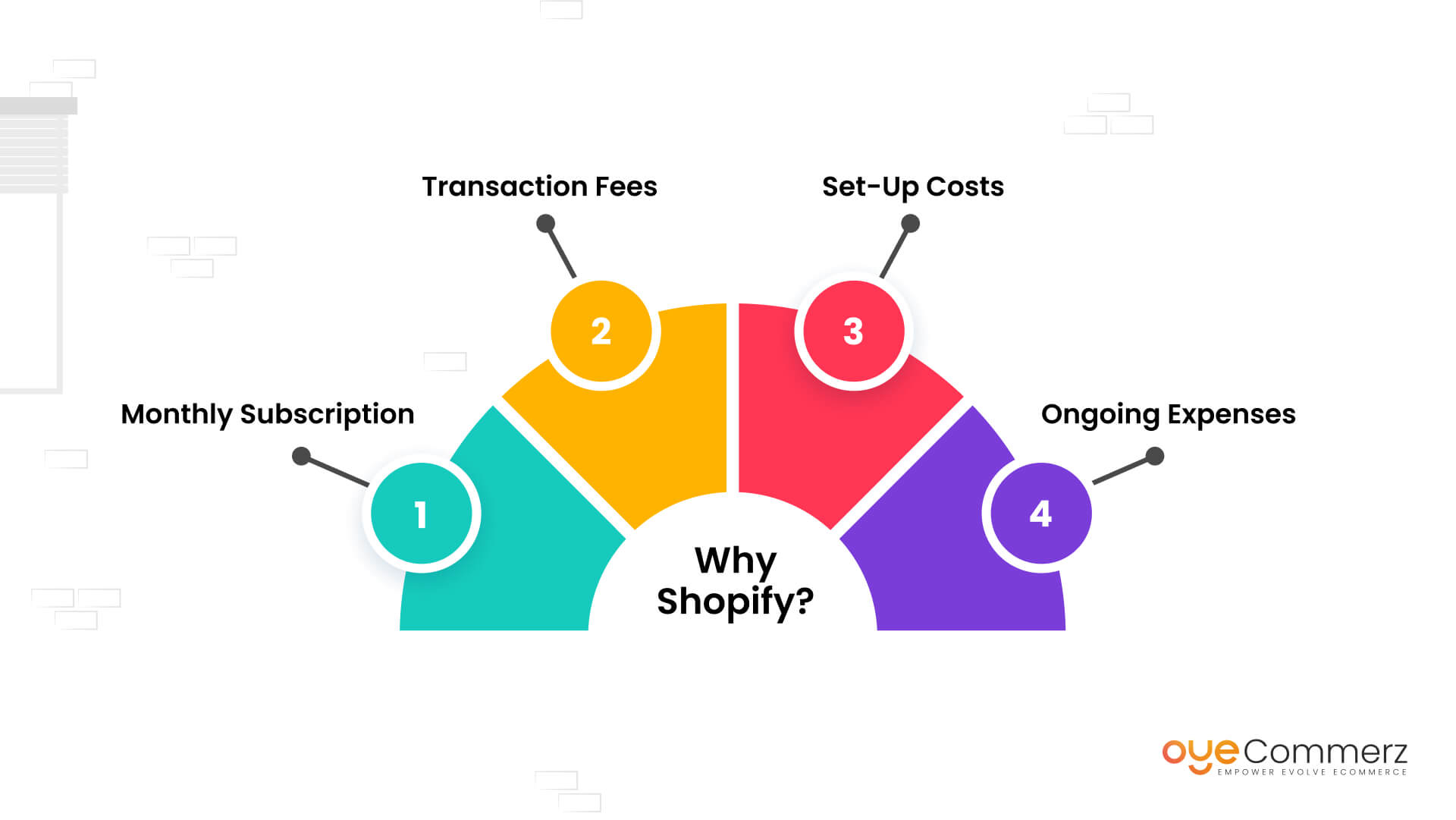Transitioning from WordPress to Shopify marks an promising step toward streamlining your e-commerce processes. As businesses expand, choosing a solution that aligns with scalability, UX, and customization becomes crucial. Shopify is widely recognized as a favorite for e-commerce professionals, offering superior flexibility, data protection, and ease of use. In this guide, we’ll explore why this migration is a game-changer, highlight the benefits, and share actionable steps to facilitate a seamless transition.
1. Top Reasons to Transition from WP to Shopify
WordPress, paired with WooCommerce, continues to support countless online stores. Nevertheless, as businesses scale, challenges like reliance on plugins, data risks, and technical complexities often obstruct growth. Shopify, specifically created for digital retail, eliminates these concerns with an all-in-one, user-friendly platform. Real data back this transition—Shopify powers over 4.4 million stores worldwide, with a reported 10% boost to sales conversion rates for many businesses post-switch.
2. Shopify's Advantages for Thriving Online Stores
Shopify’s powerful platform is tailored for expanding businesses. Its notable benefits are:
- Effortless Design Flexibility: Shopify offers over 80 expertly crafted themes.
- Integrated Tools: Features like Shopify Payments and built-in SEO save time and effort.
- Global Reach: Multi-currency support and localization features empower businesses to reach global markets.
Additionally, Shopify delivers an availability percentage of 99.98%, ensuring your store is always operational.
3. Preparing for WP to Shopify Migration
Before migrating, assess your existing setup. Review inventory details, client information, and search engine rankings. Tools like Shopify’s Migration Kit or third-party solutions can simplify this process. Create a comprehensive plan, ensuring all assets—product descriptions, images, and articles—are ready for seamless import.
4. Data Migration: A Critical Step
Transferring your data is a cornerstone of a successful platform switch. When moving from WP to Shopify, focus on:
- Inventory Details: SKU, descriptions, and categories.
- Customer Data: Emails, purchase records, and preferences.
- SEO Optimization: Retain meta tags, URLs, and redirects to avoid SEO losses.
Use apps like LitExtension to streamline data transfer while minimizing errors.
5. Customizing Your Shopify Store
After the move, personalizing your Shopify store helps it reflects your business identity. Take advantage of Shopify’s drag-and-drop editor to design pages effortlessly. Shopify's themes are mobile-responsive, ensuring a smooth user experience across devices—a key point, given 74% of e-commerce traffic is generated by mobile users.
6. Maintaining SEO During Migration
Search engine optimization is crucial for maintaining your online presence during migration. Shopify excels in SEO with clean URL structures, preloaded features, and smooth content management. Ensure:
- Implement 301 redirects for old URLs.
- Enhance updated content with targeted phrases.
- Shopify data transfer services Leverage plugins like Plug in SEO to track analytics post-migration.
7. Post-Migration Testing
After finishing the transfer, run detailed checks.
Check: - Page load times (Shopify delivers faster speeds in contrast with WordPress).
- Functionality of payment gateways and checkout processes.
- Mobile responsiveness.
Quality assurance guarantees your store provides a seamless shopping experience from day one.
8. Real-Life Success Story
One such migration success story is Gymshark, a fitness apparel brand that moved to Shopify. After the switch, the company saw a 60% increase in mobile sales and reduced site downtime. This showcases the capabilities of Shopify in driving e-commerce growth.
9. Challenges and Solutions
Migration is not without obstacles, such as data integrity and reconfiguring custom functionalities. However, Shopify’s extensive assistance and third-party experts make overcoming these hurdles manageable. Partnering with qualified Shopify developers helps guarantee a smooth transition.
10. Starting Your Journey with Shopify
Migrating from WP to Shopify marks a forward-thinking decision to online retail. By addressing scalability, simplifying management, and improving buyer satisfaction, Shopify enables companies to thrive in challenging industries.
Final Thoughts
Switching from WordPress to Shopify is a strategic move that can greatly enhance your online business performance. With a robust migration plan, the appropriate Shopify CMS migration resources, and professional guidance, you can unlock new growth opportunities.
Excited to start the journey? Let’s discuss how our Shopify migration services can revolutionize your online store. Get in touch today, or consider: Is it time to seize Shopify’s advantages for your store?
